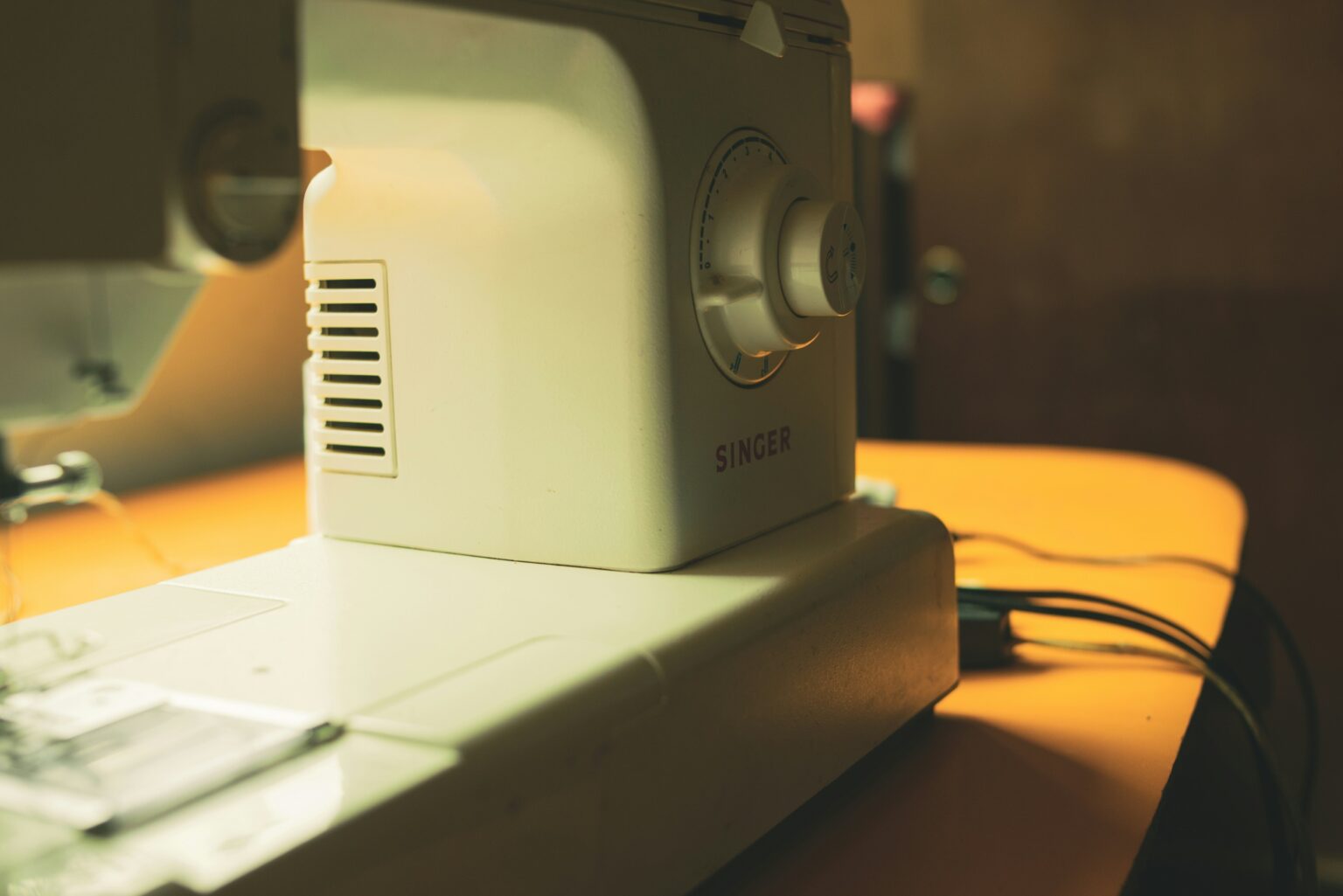Introduction
Are you ready to unleash your creativity with the power of a Juki sewing machine? Whether you’re a seasoned seamstress or just starting out, these machines are known for their precision and reliability. With a rich history in manufacturing high-quality sewing equipment, Juki has become a favorite among hobbyists and professionals alike. Imagine transforming fabrics into stunning garments or unique home décor items with ease. In this guide, we’ll explore everything you need to know about using your Juki sewing machine effectively—from understanding the different types available to mastering maintenance tips that keep it running smoothly. Let’s dive into the world of stitching magic!
Types of Juki Sewing Machines
Juki offers a diverse range of sewing machines suited for various needs. The most popular types include industrial, home, and serger machines. Each type caters to different skill levels and projects.
Industrial Juki machines are designed for heavy-duty tasks. They excel in production environments where speed and durability are key. These models often handle thick fabrics with ease.
On the other hand, home sewing machines by Juki combine versatility with user-friendliness. They are perfect for hobbyists or those looking to embark on creative sewing projects at home.
Juki’s sergers provide precision finishing on seams and edges. Ideal for knit fabrics, they create professional-looking hems quickly.
Understanding the specific features of each type can help you choose the right machine tailored to your sewing adventures.
Benefits of Using a Juki Sewing Machine
Juki sewing machines are renowned for their precision and quality. They produce professional-grade stitches that elevate your projects to the next level.
The speed at which these machines operate is impressive. With faster stitching rates, you can complete larger projects in a fraction of the time it would take with other brands.
Durability is another significant advantage. Juki machines are built to last, making them an excellent investment for both hobbyists and professionals alike.
User-friendly features simplify the learning curve. Many models come equipped with automatic threading systems and adjustable stitch settings, catering to all skill levels.
Additionally, they offer versatility across various fabric types. Whether you’re working with delicate silk or thick denim, a Juki machine handles it all effortlessly.
These benefits combine to create an efficient sewing experience that inspires creativity while ensuring quality results on every project.
Step-by-Step Guide on How to Use a Juki Sewing Machine
To get started with your Juki sewing machine, first, ensure it’s set up correctly. Place it on a stable surface and plug it in.
Next, thread the machine according to the instructions provided in your manual. Typically, this involves winding a bobbin and threading both the needle and bobbin case.
Once threaded, adjust the tension settings based on your fabric type. Lighter fabrics need less tension while heavier ones require more.
Select your desired stitch by turning the dial or using buttons if you’re working with an electronic model. It’s essential to practice on scrap fabric before starting your project.
Position your fabric under the presser foot and gently press down on the pedal to sew. Keep an eye on guiding the fabric through smoothly for even stitching.
Maintenance and Care Tips for your Juki Sewing Machine
Regular maintenance is key to keeping your Juki sewing machine in top shape. Start by cleaning the bobbin area and feed dogs every few uses. Dust and lint can accumulate, affecting performance.
Oiling the machine is equally important. Use only recommended oil, applying it sparingly to designated parts as outlined in your user manual. This helps lubricate internal components, ensuring smooth operation.
Check the needle frequently for signs of wear or bending. A dull or damaged needle can cause skipped stitches or fabric snagging.
Keep an eye on thread tension too. Adjust it if you notice uneven stitching patterns, which could indicate that it’s set incorrectly.
Store your machine covered when not in use to protect it from dust and debris. With proper care, your Juki sewing machine will continue delivering excellent results for years to come.
Troubleshooting Common Issues with a Juki Sewing Machine
When using a Juki sewing machine, you might encounter some hiccups. One common issue is thread bunching. This can happen if the upper and lower threading isn’t properly aligned. Re-thread both the upper and bobbin threads to see if it resolves the problem.
Another frequent concern is skipped stitches. Check your needle; it could be dull or improperly installed. Make sure you’re using the right needle for your fabric type as well.
If your machine stops running suddenly, inspect the foot pedal connections first. Sometimes a loose connection can interrupt power flow.
Tension problems can lead to inconsistent stitch quality. Adjust the tension settings slowly until you find that sweet spot where stitches look perfect on both sides of your fabric! Always remember to refer back to your manual for specific troubleshooting steps tailored to your model.
Conclusion
Using a Juki sewing machine can elevate your sewing experience, whether you’re a hobbyist or a professional. With various types to choose from, you can find the perfect model that fits your needs. The benefits of precision and durability are hard to overlook.
By following the step-by-step guide, you’ll be up and running in no time. Regular maintenance will keep your machine in top shape, ensuring it lasts for years. If issues arise, troubleshooting common problems can help you get back on track quickly.
Embracing the world of Juki means investing in quality craftsmanship and creative possibilities. Your sewing journey awaits!











